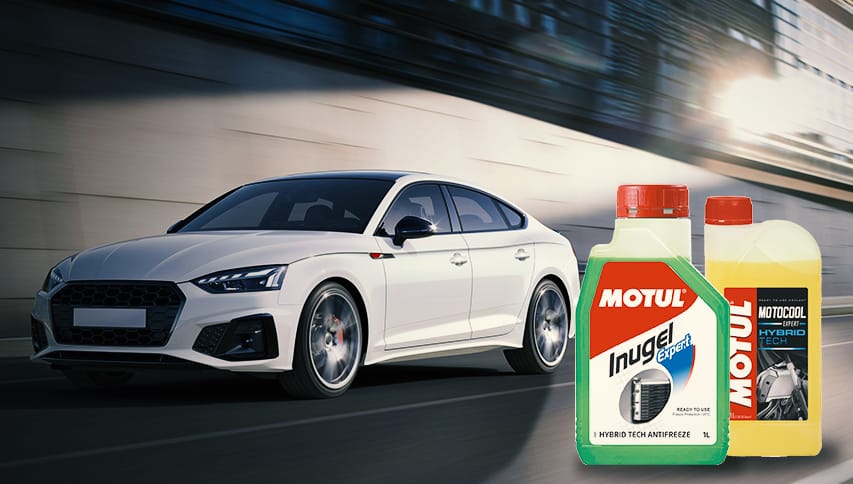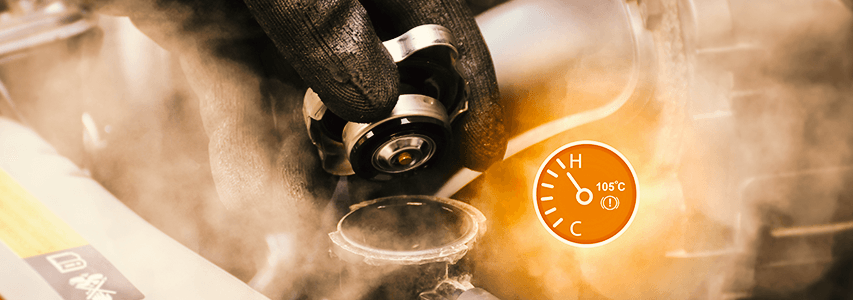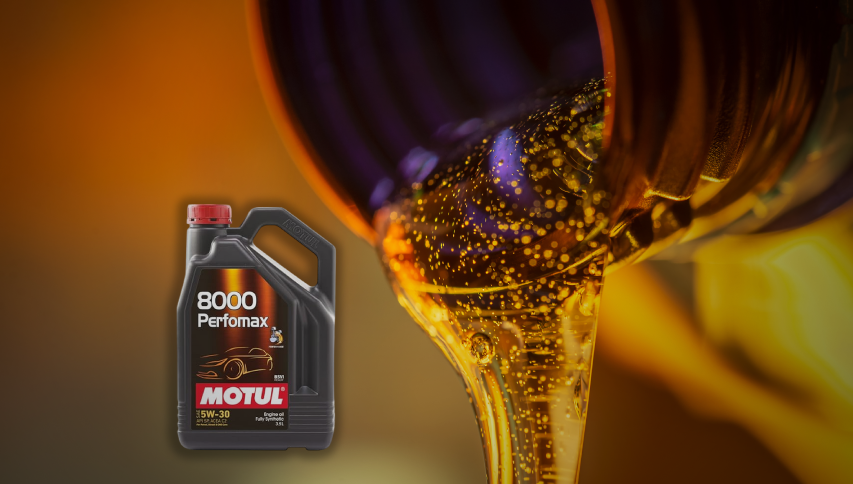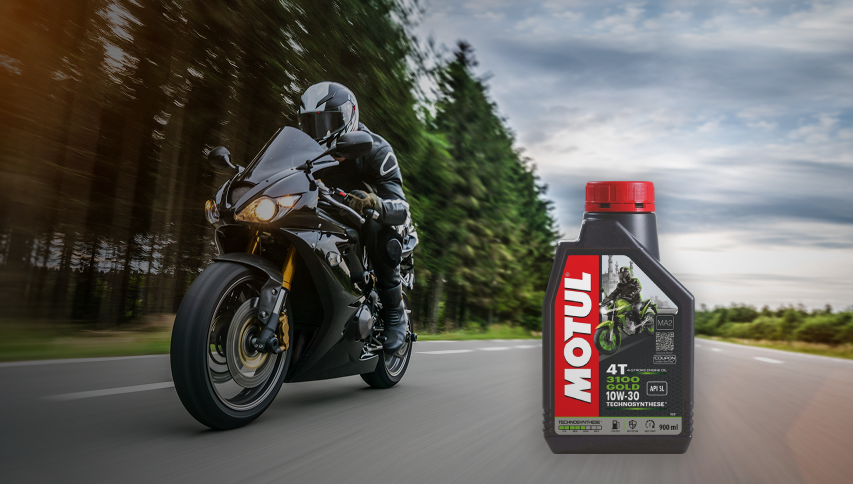How To Change Coolant In Cars

Regularly changing your car’s coolant is essential for maintaining a healthy engine, especially in India’s diverse climate conditions. Coolant, also known as antifreeze, plays a vital role in regulating engine temperature and preventing overheating. If you’re a new car owner, it’s understandable that you might be worried about doing it yourself. But don’t worry, changing your car’s antifreeze coolant is a simple DIY process that you don’t need to find a mechanic for. Here’s how you can do it.
Toolkit Required for Changing Your Car’s Coolant
It’s always advisable to invest in a handy DIY toolkit so that you can work on your car. Changing radiator coolant requires the following tools.
- A Funnel
- Screwdriver (Phillips and flathead)
- Wrench (sizes may vary)
- A Drain pan
- Coolant recovery tool (optional)
- Protective gloves and eyewear
- A Can of Coolant

A Step-By-Step Guide on Changing Coolant For Cars
Once you’ve got all the tools and are ready to change your car’s engine coolant, simply follow these steps and you’ll be done soon!
- Park in a Shaded Area: To prevent the coolant from heating up during the process, park your car in a shaded area.
- Allow Engine to Cool: Let the engine cool completely before working on it. A hot engine can cause severe burns.
- Locate the Coolant Reservoir and Drain Plug: The coolant reservoir is usually located near the radiator, and the drain plug is typically found at the bottom of the radiator.
- Open the Reservoir Cap: Carefully loosen and remove the coolant reservoir cap to release pressure.
- Locate the Drain Plug: Use a wrench to loosen and remove the drain plug.
- Drain the Coolant: Allow the coolant to drain completely into the drain pan. This may take some time.
- Replace the Drain Plug: Once the coolant has drained, reinstall the drain plug and tighten it securely.
- Refill the Coolant Reservoir: Using a funnel, slowly pour the new coolant into the reservoir. Refer to your car’s owner’s manual for the recommended coolant type and mixture ratio. Indian conditions often require a higher concentration of antifreeze to protect against extreme temperatures.
- Bleed the System: To remove any air pockets from the cooling system, start the engine and let it idle. Check the coolant reservoir and add more coolant as needed. Look for bubbles in the reservoir, indicating air pockets. Once the bubbles stop, shut off the engine.
- Check for Leaks: Inspect the area around the radiator and hoses for any signs of coolant leaks. If you notice any leaks, tighten the connections or replace any damaged parts.
- Replace the Reservoir Cap: Reinstall the coolant reservoir cap and tighten it securely.

Motul Inugel Expert 50:50 Radiator Coolant – The Superior Choice
Motul has established itself as a leading manufacturer of lubricants. Motul’s Inugel Expert 50:50 Radiator coolant is one of the best coolants for cars in India. It’s a high-quality coolant solution that offers excellent protection for your car’s cooling system in Indian conditions. Here are some of its features that stand out. Motul’s car coolant prices are also some of the best in the market for the quality they offer.
- High boiling point: Prevents overheating even in extreme Indian temperatures.
- Compatibility: Fully compatible with IAT, HOAT, and OAT coolant technologies.
- Corrosion protection: Protects metal parts from corrosion and cavitation, especially important in India’s humid climate.
- Efficient cooling: Improves engine cooling efficiency for optimal performance.
- Sealing properties: Seals rubber pipes and plastic parts.
- Anti-foam properties: Minimizes foaming for optimal coolant circulation.

Conclusion
Changing your car’s coolant is a simple DIY task that can help ensure your engine’s long-term health in India’s diverse climate. And remember, don’t skimp on coolant price. It’s advisable that you invest in a high a high-quality coolant like Motul Inugel Expert, with which you can easily maintain your car’s cooling system and enjoy optimal performance. At the end of the day, your car’s longevity is more price efficient in the long run.







